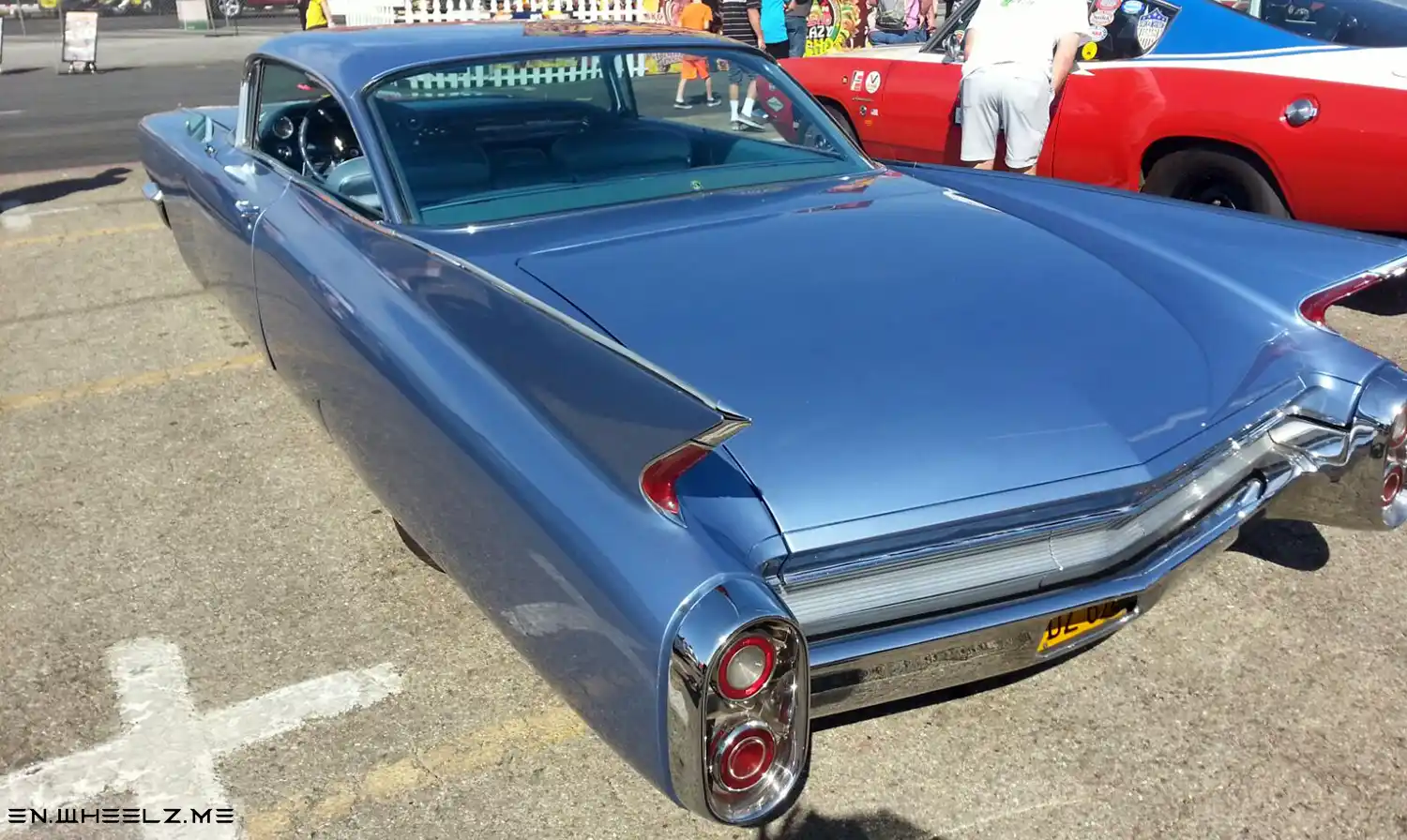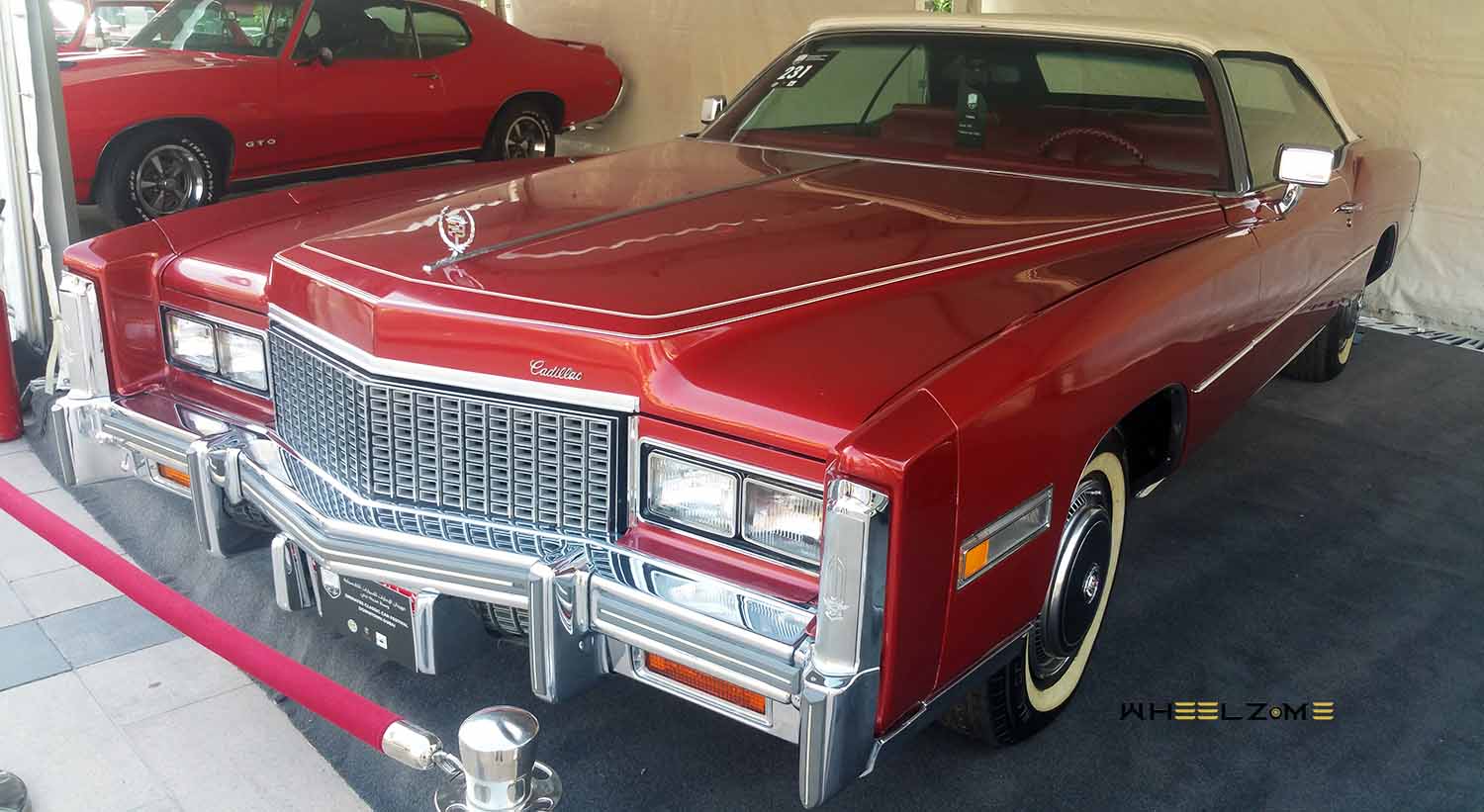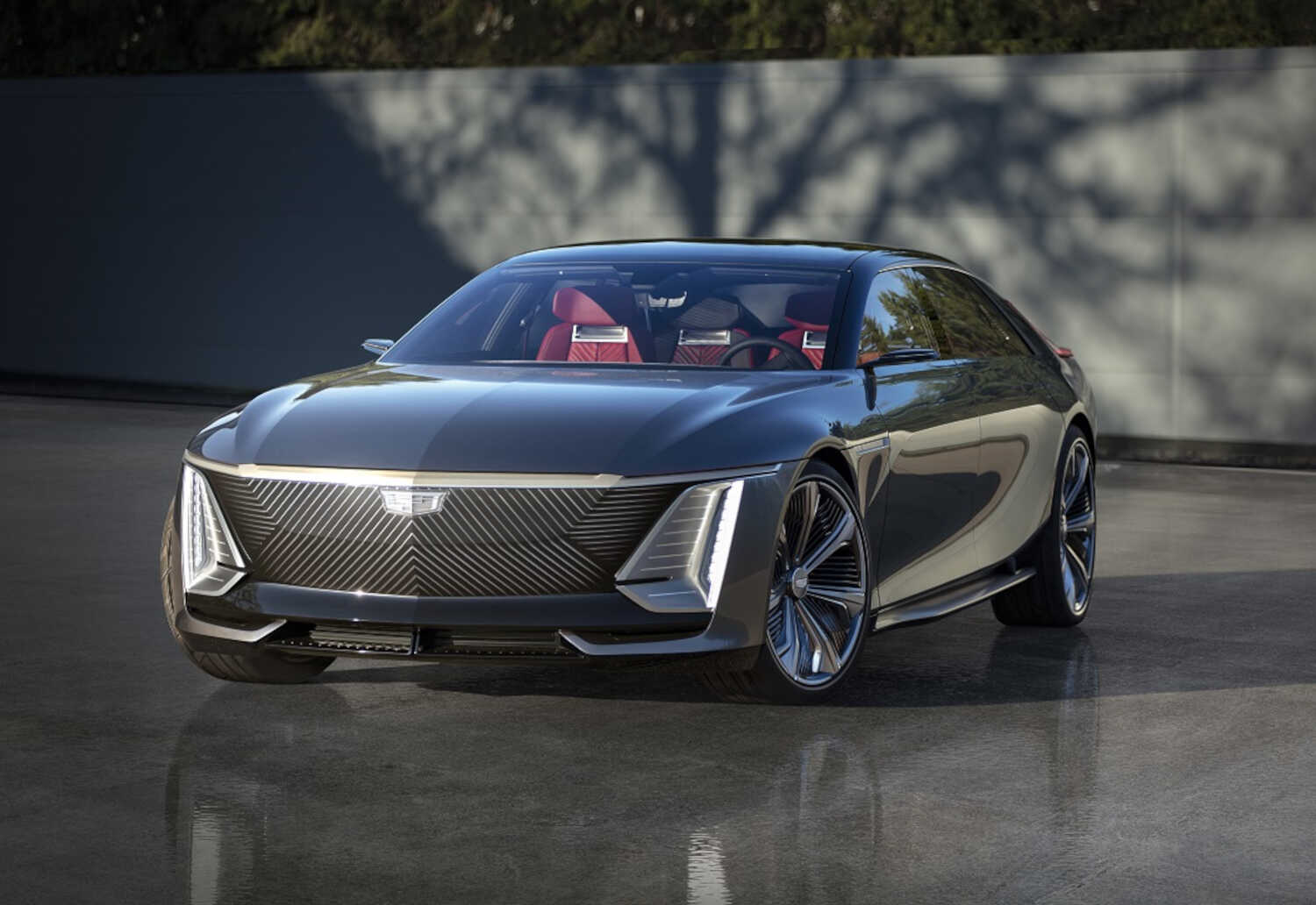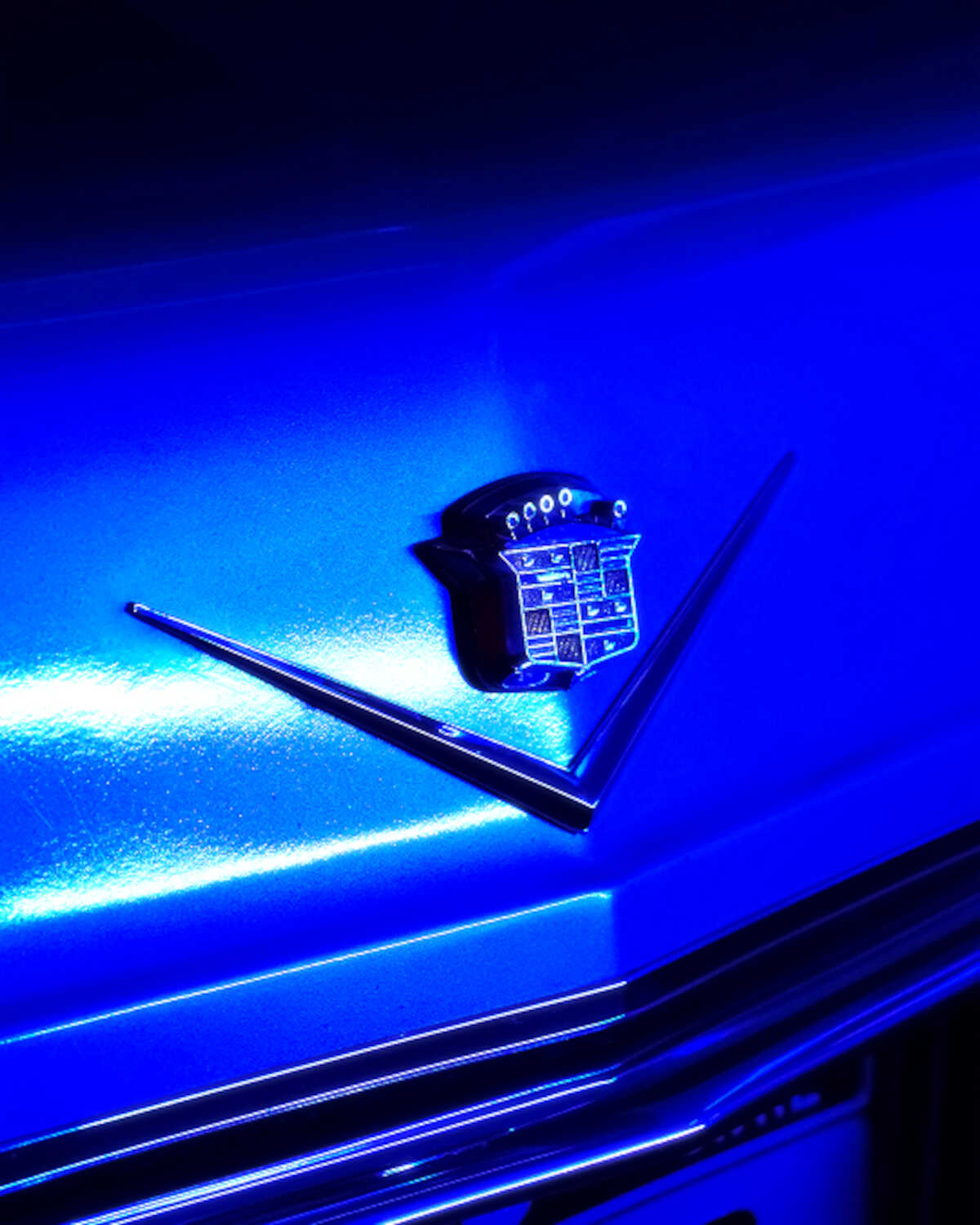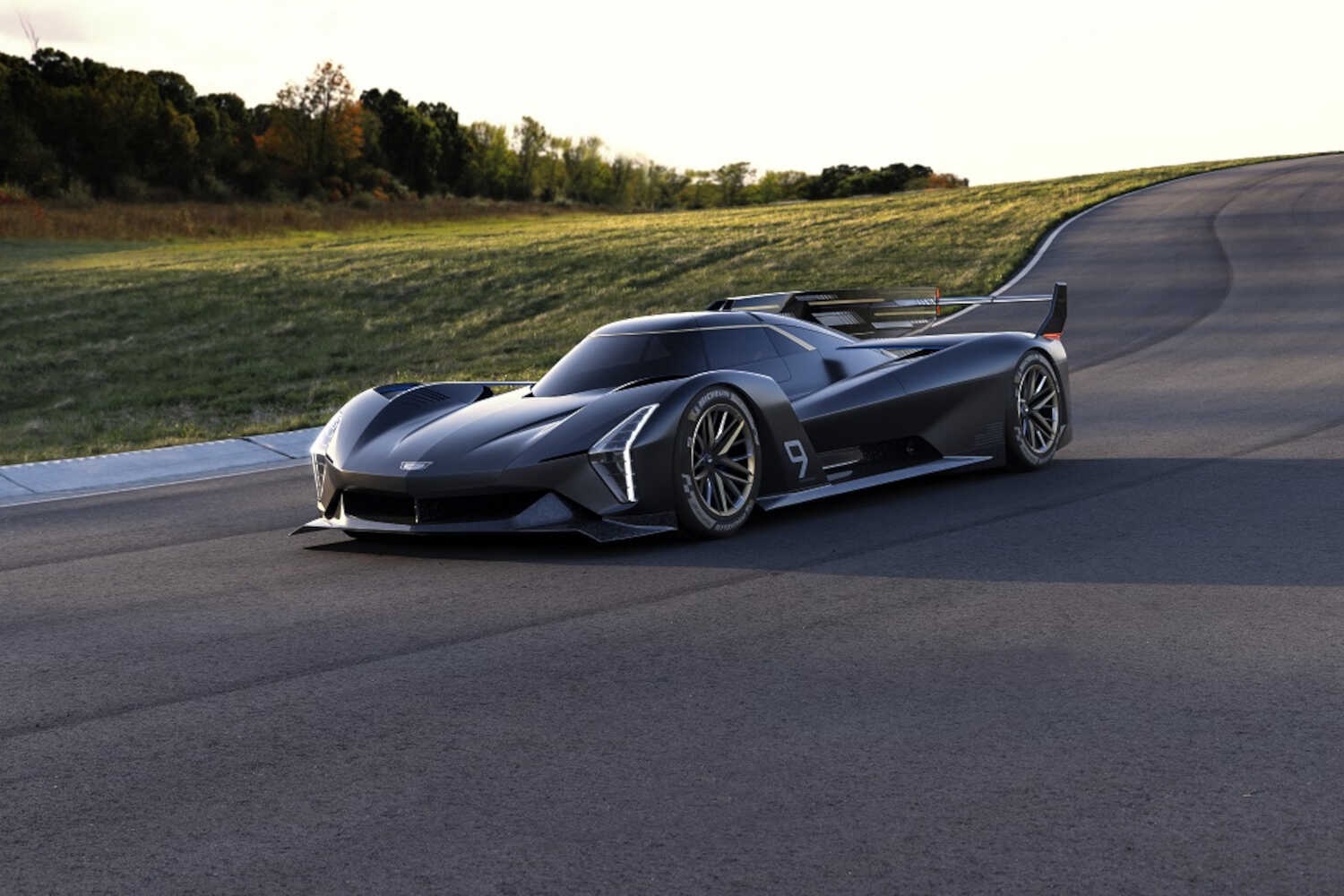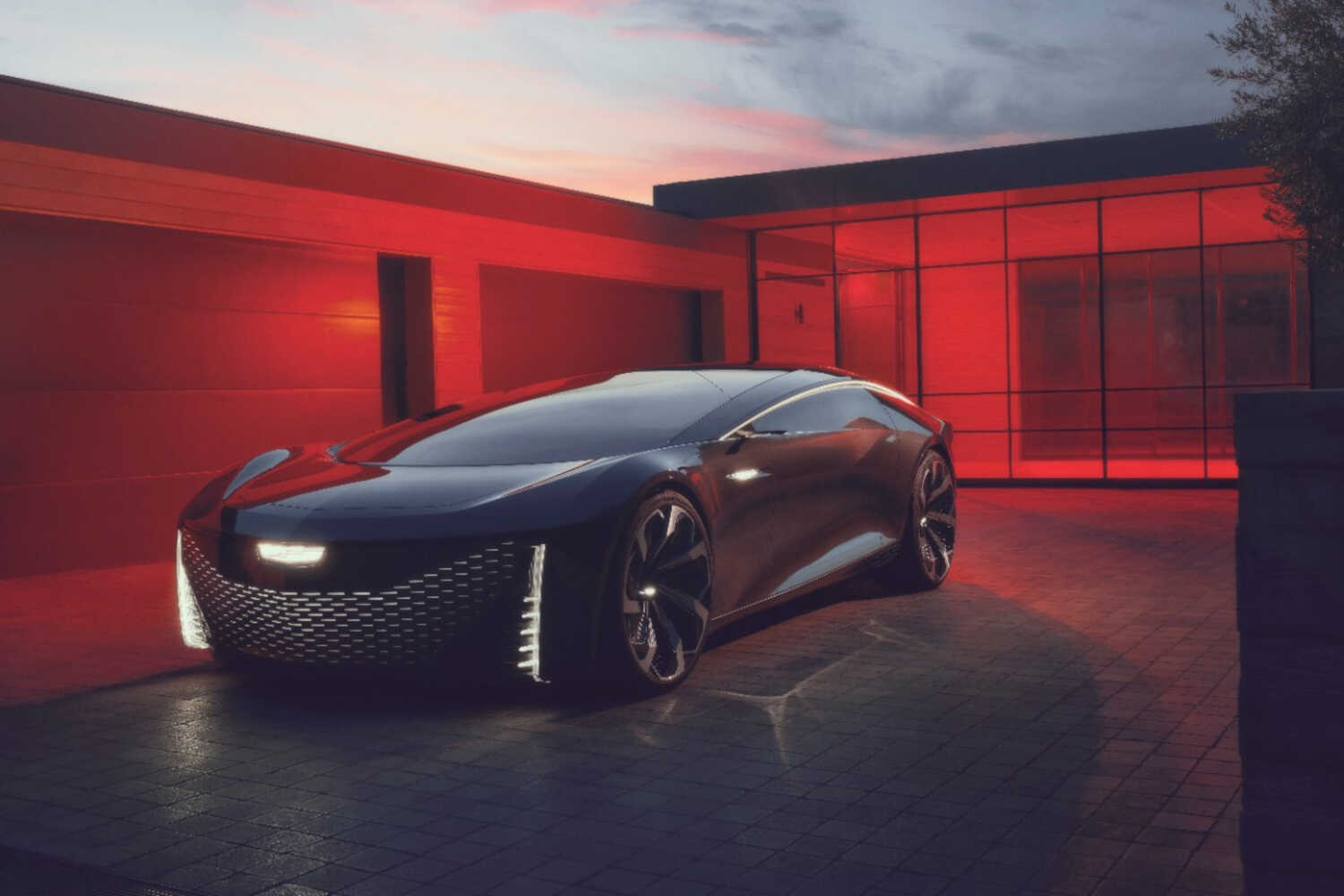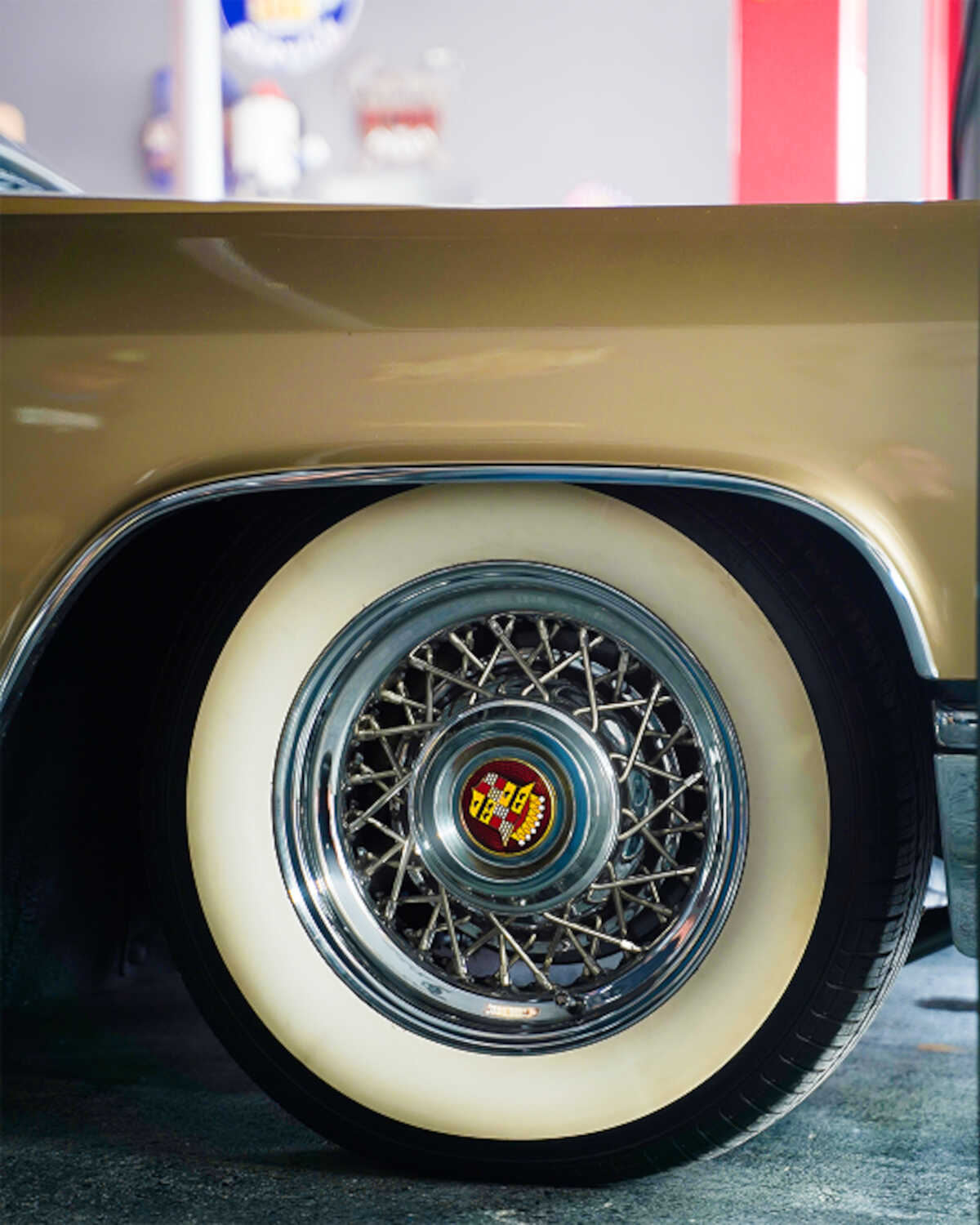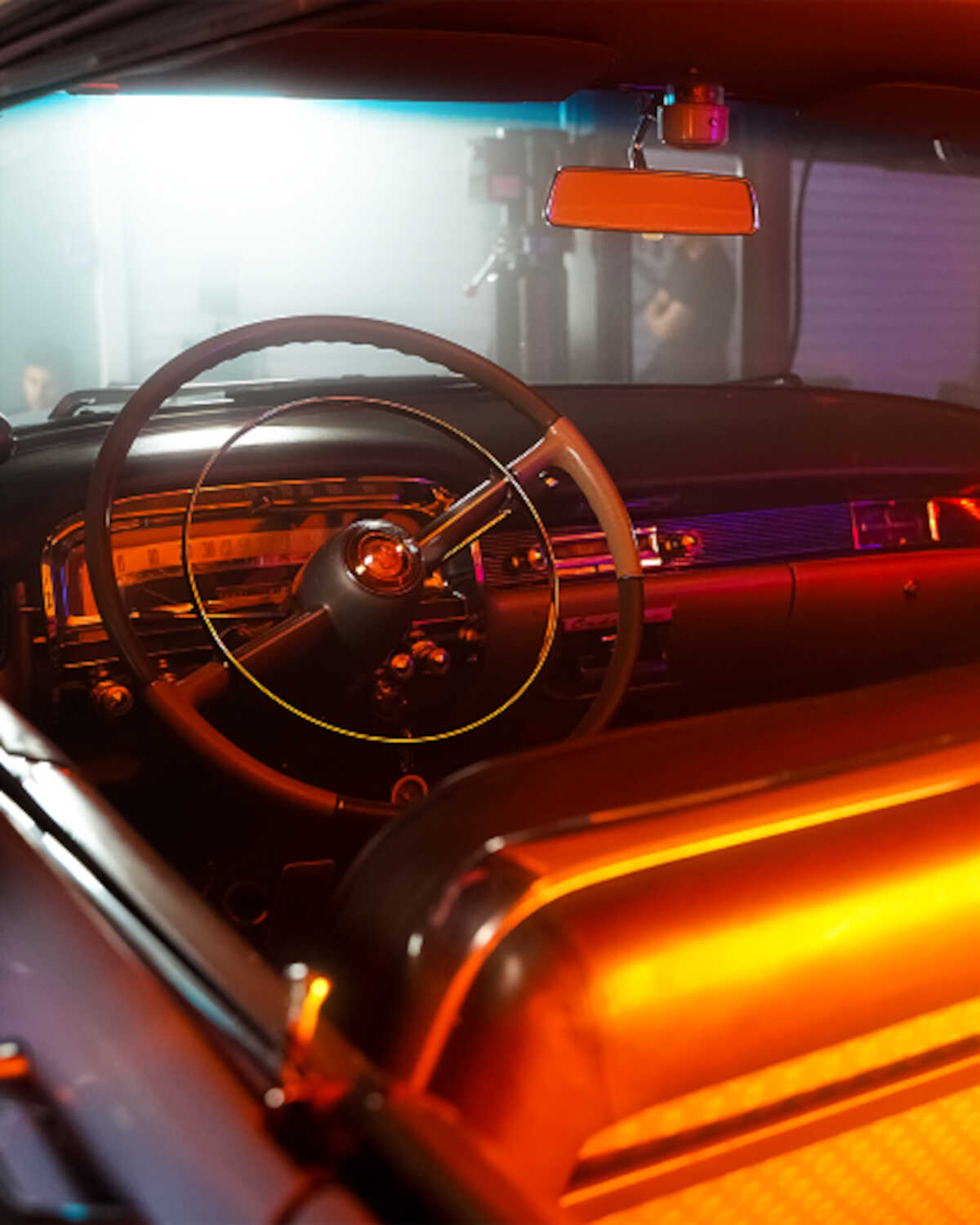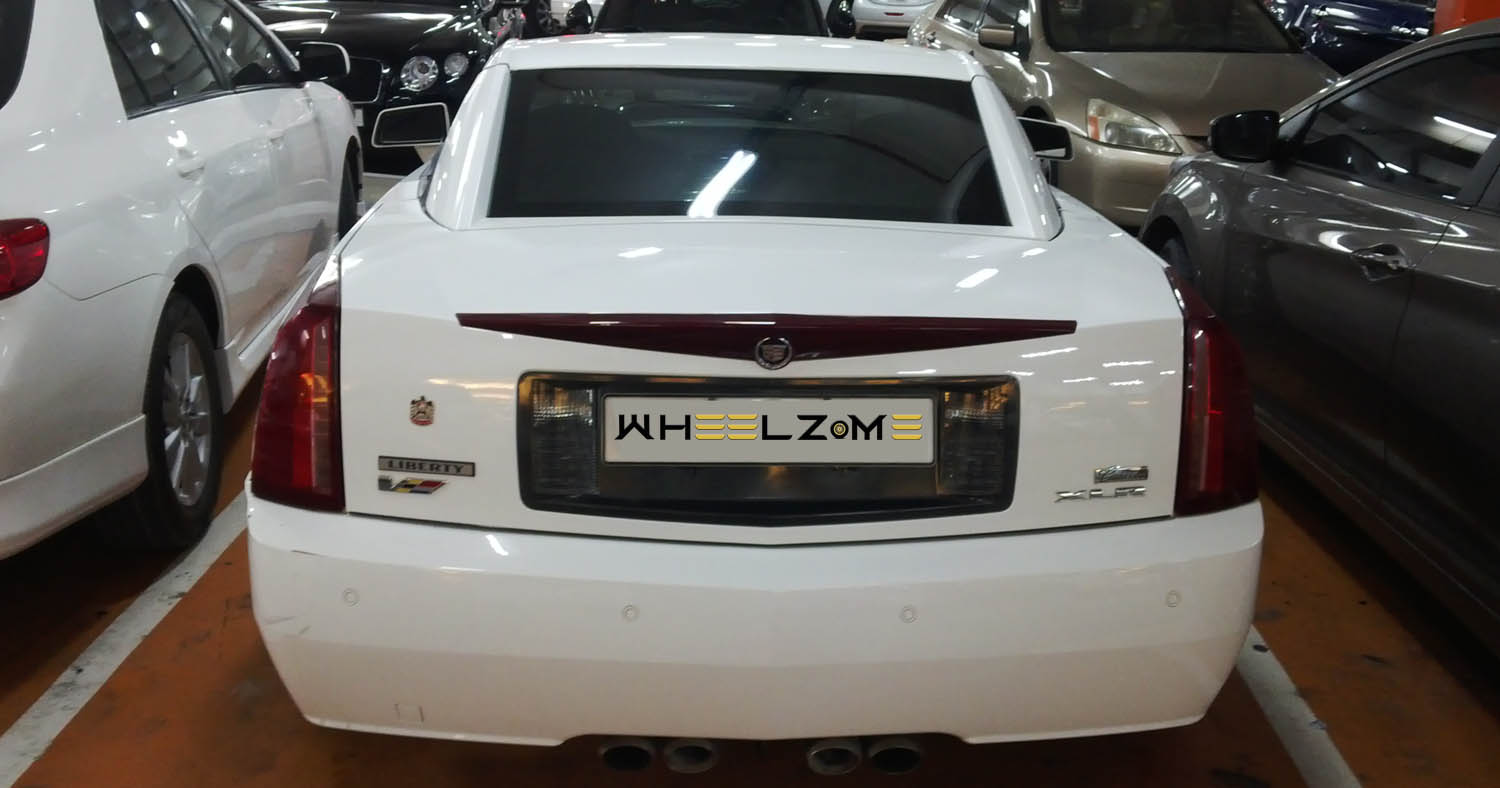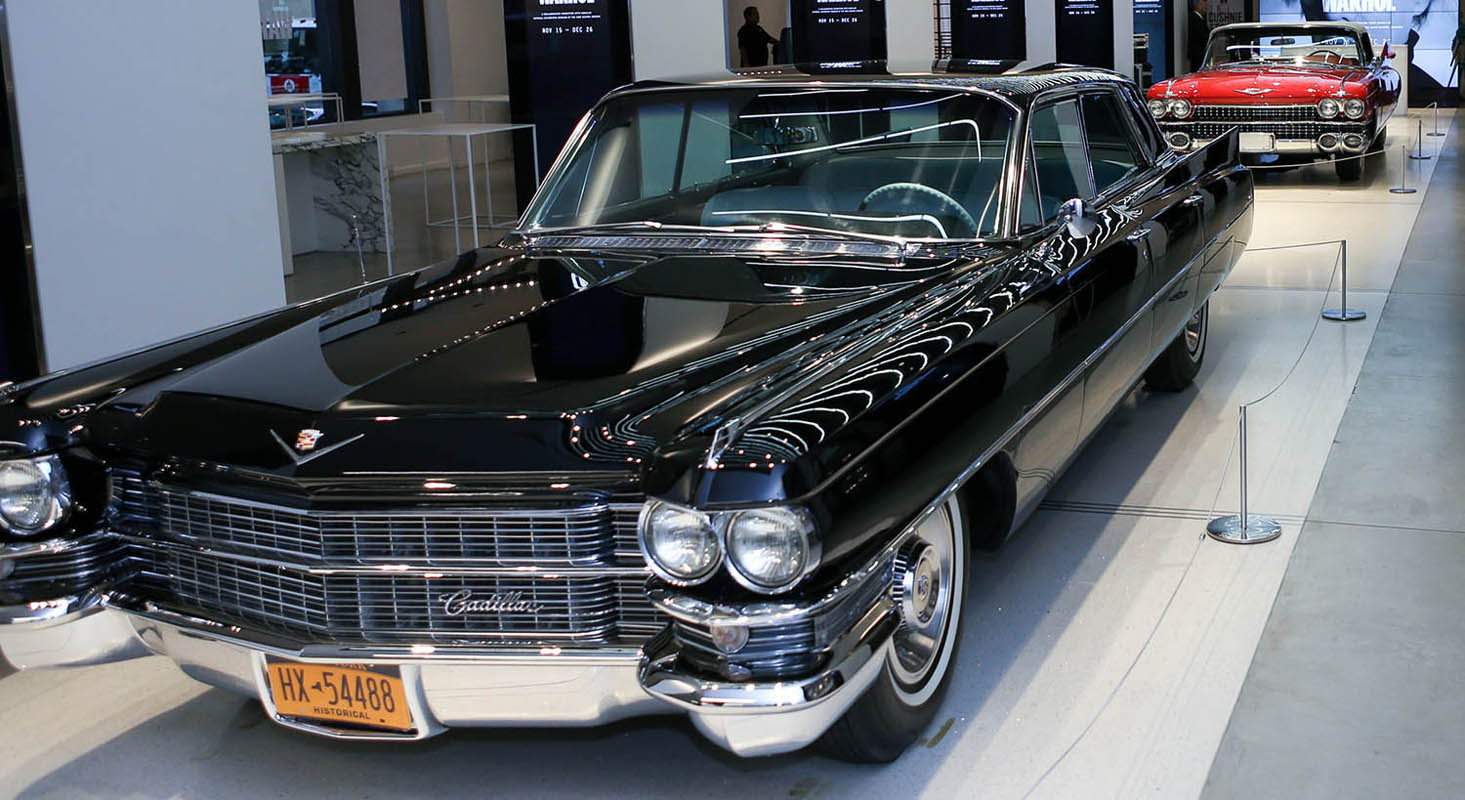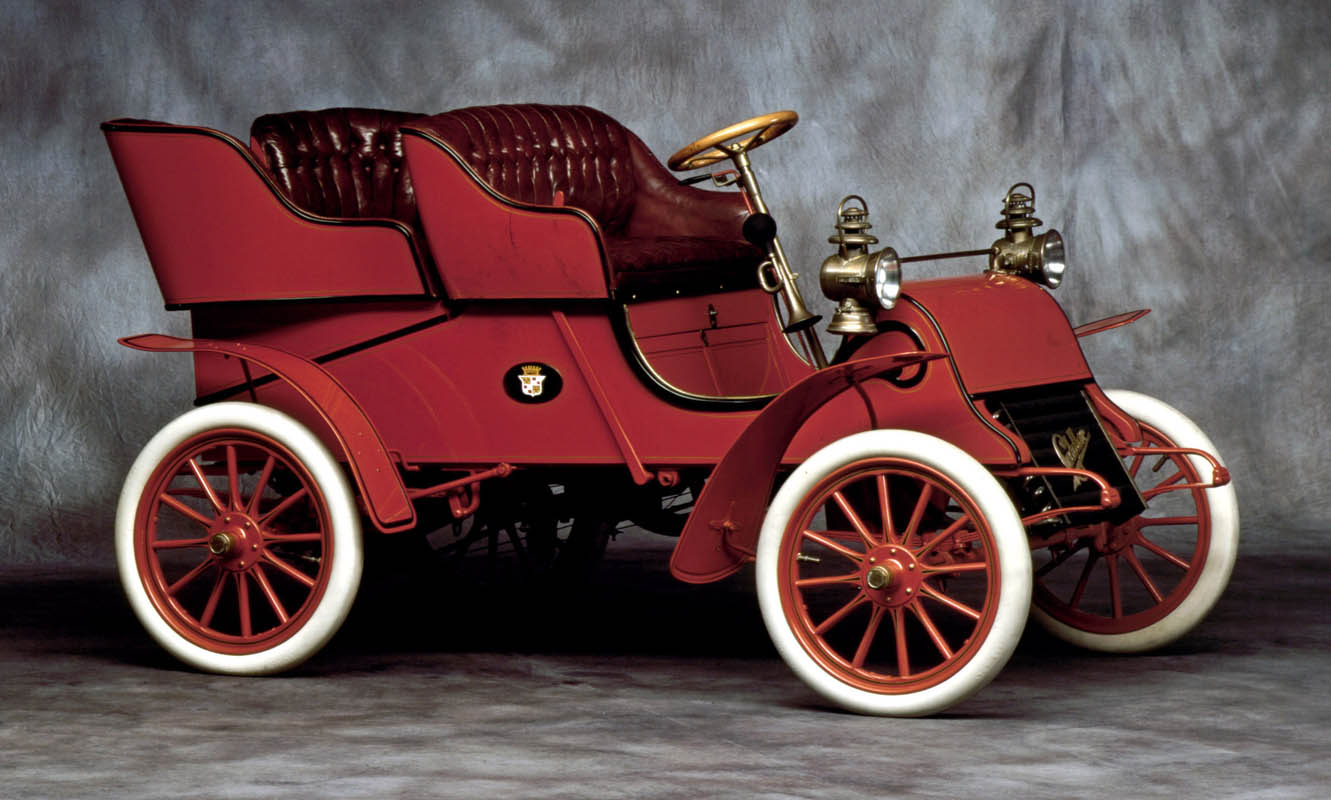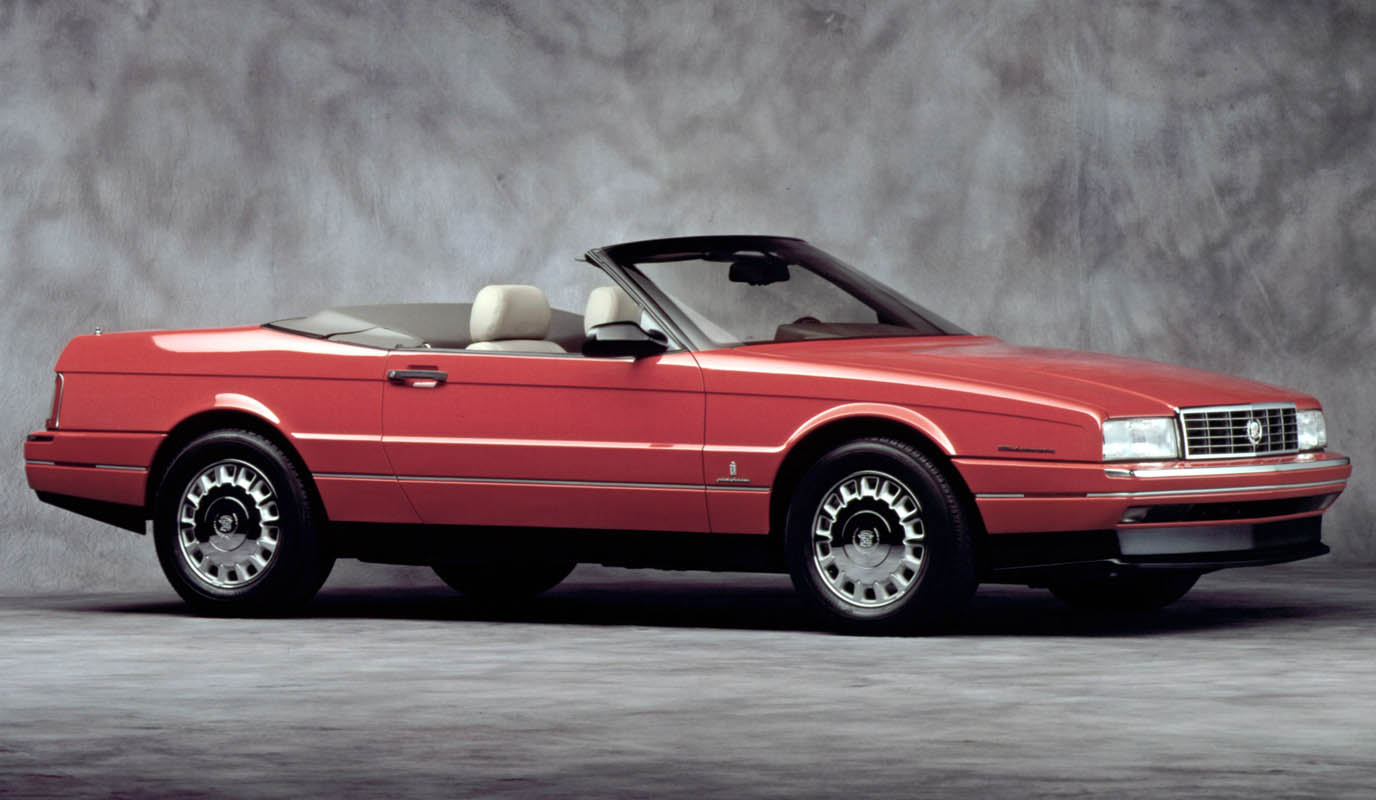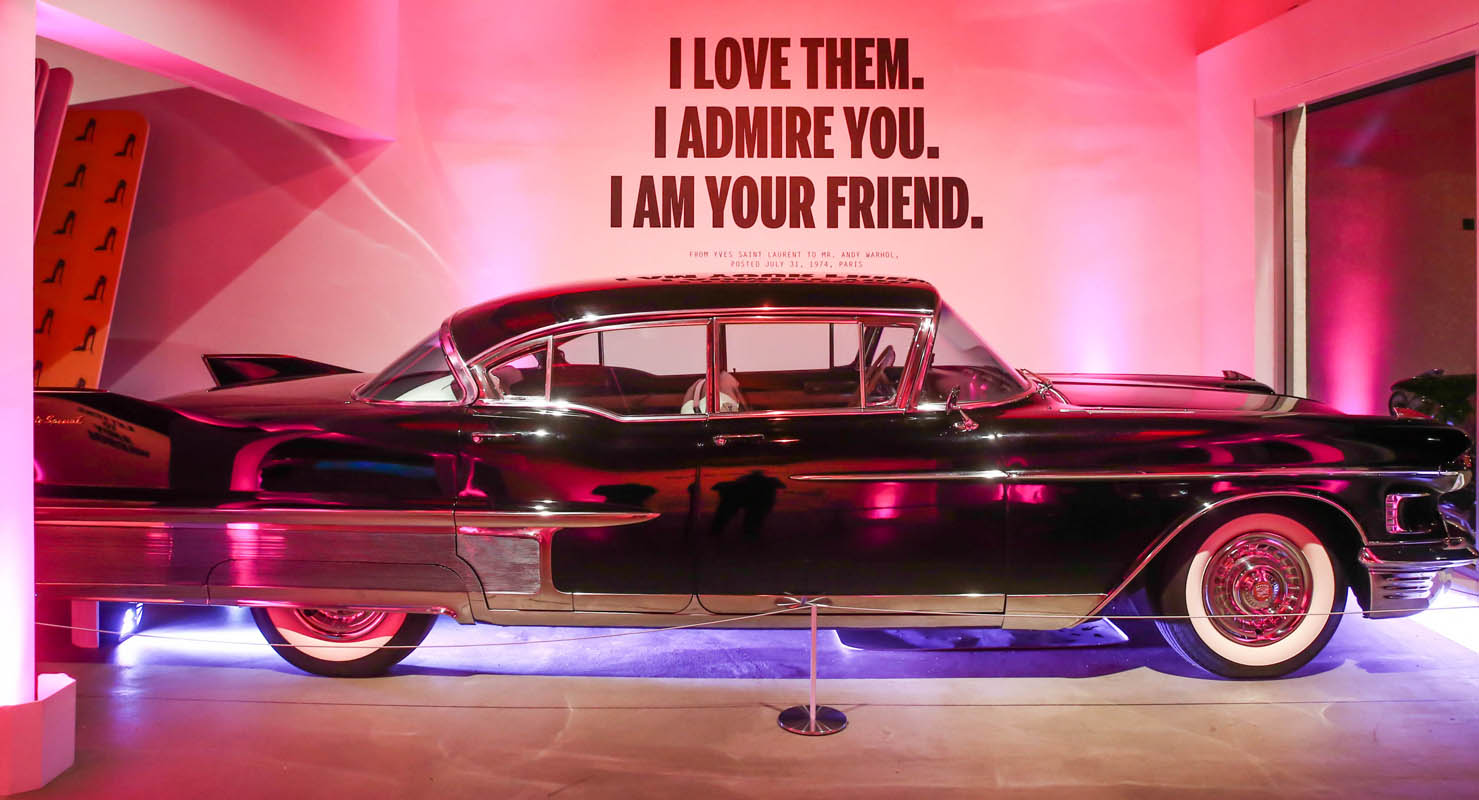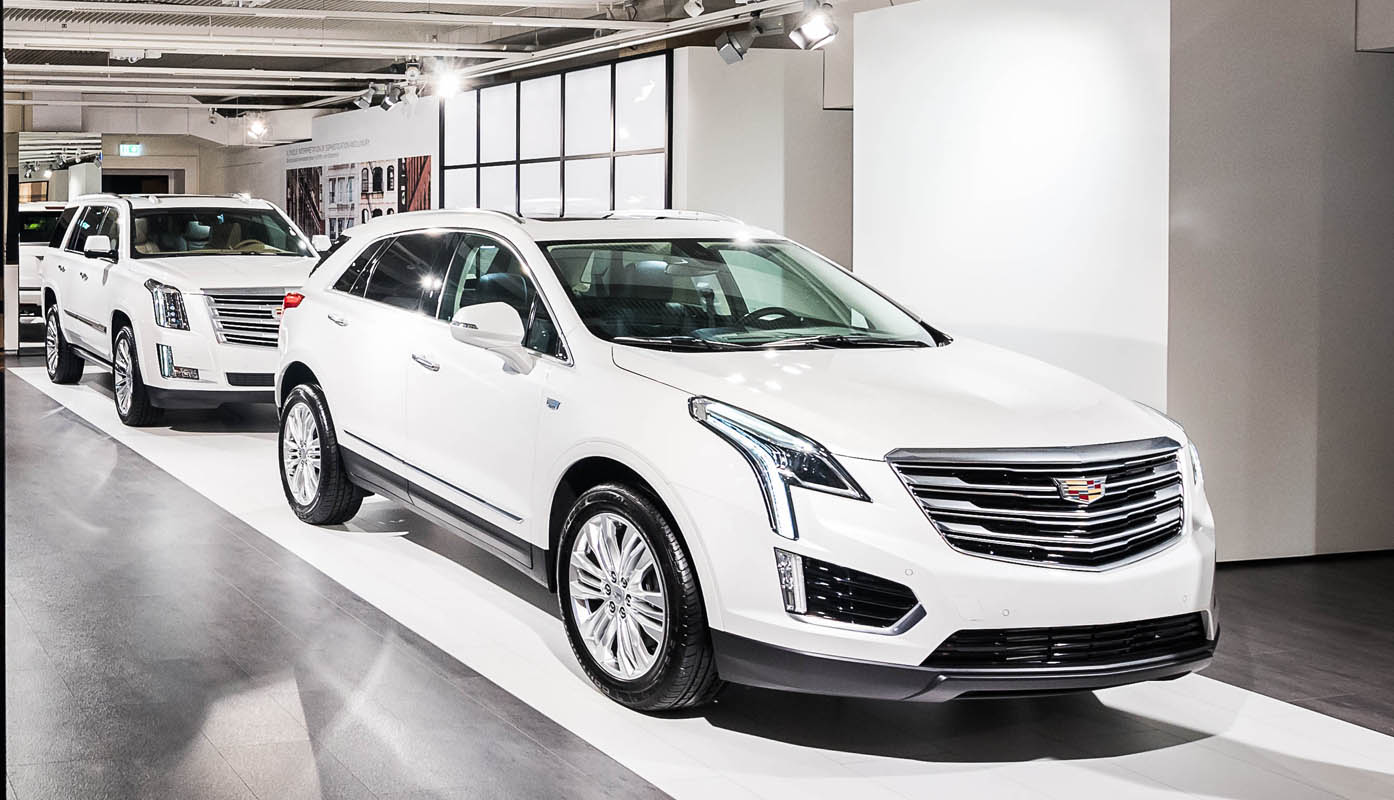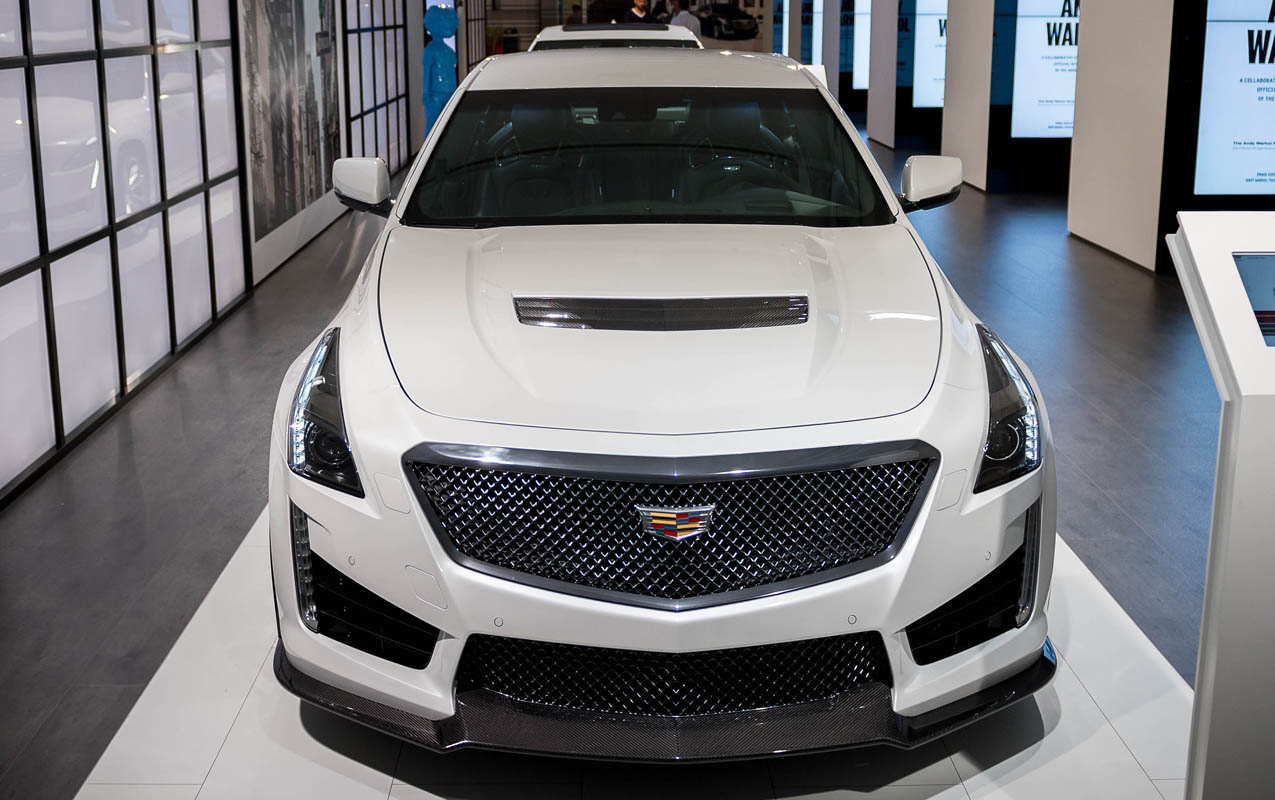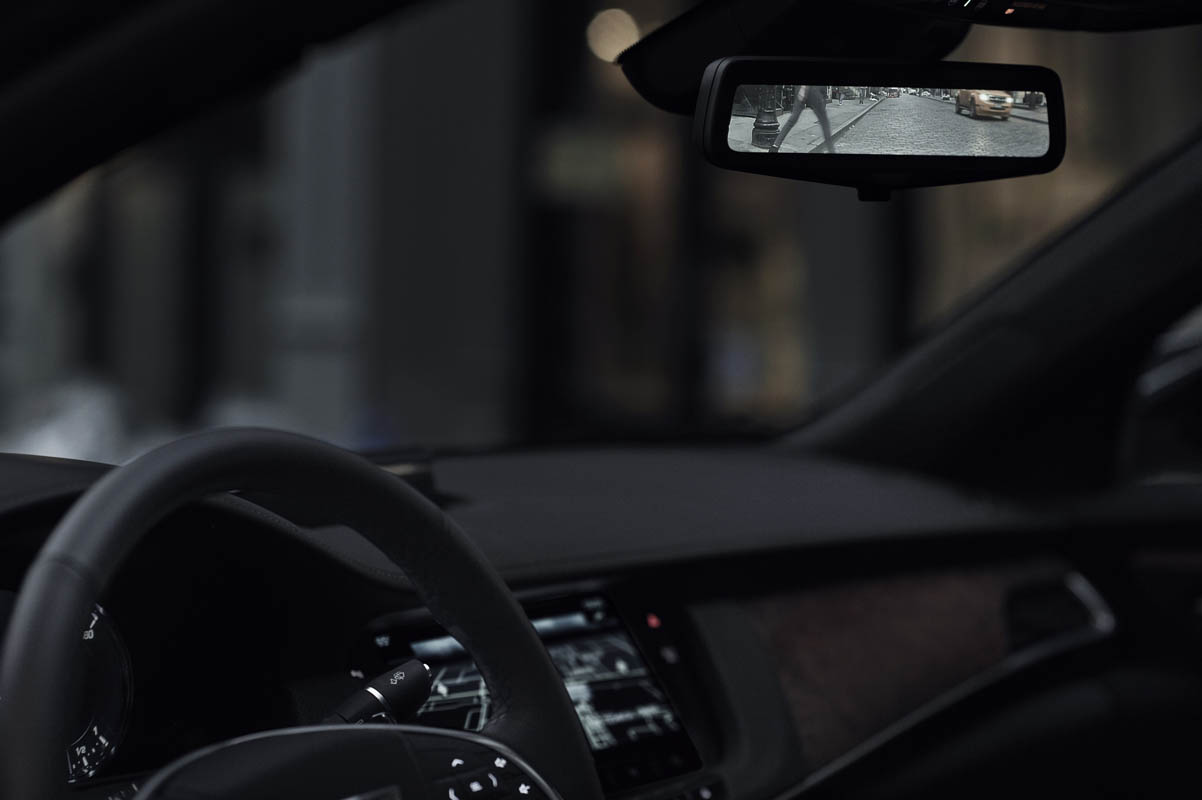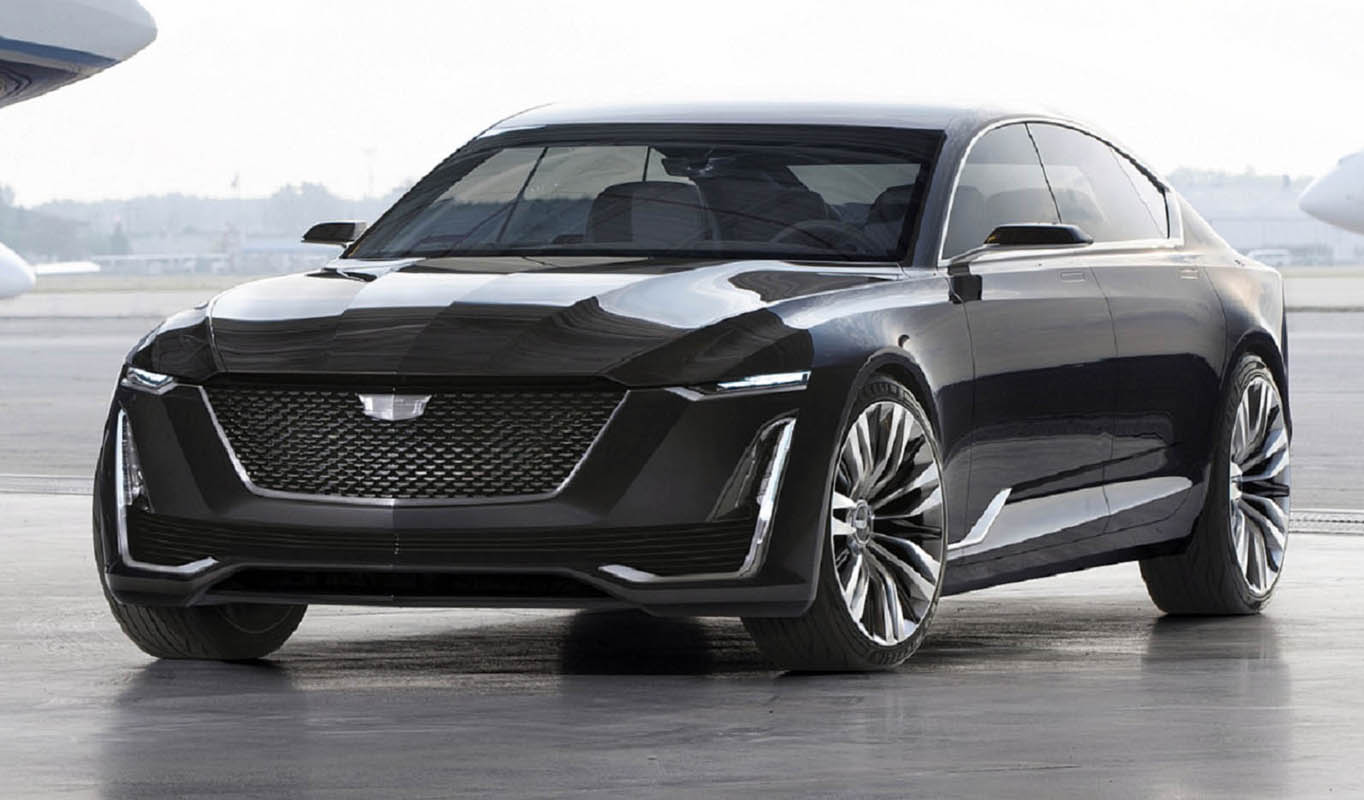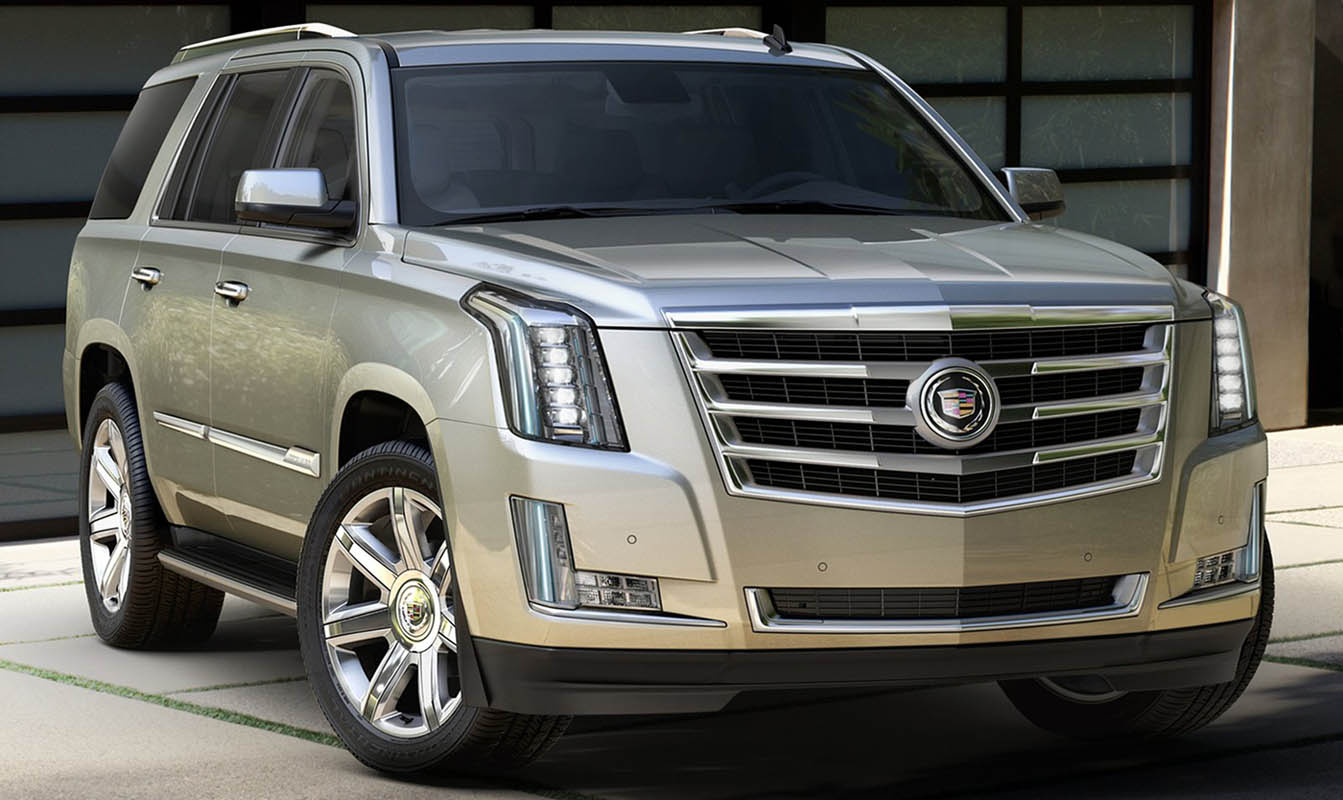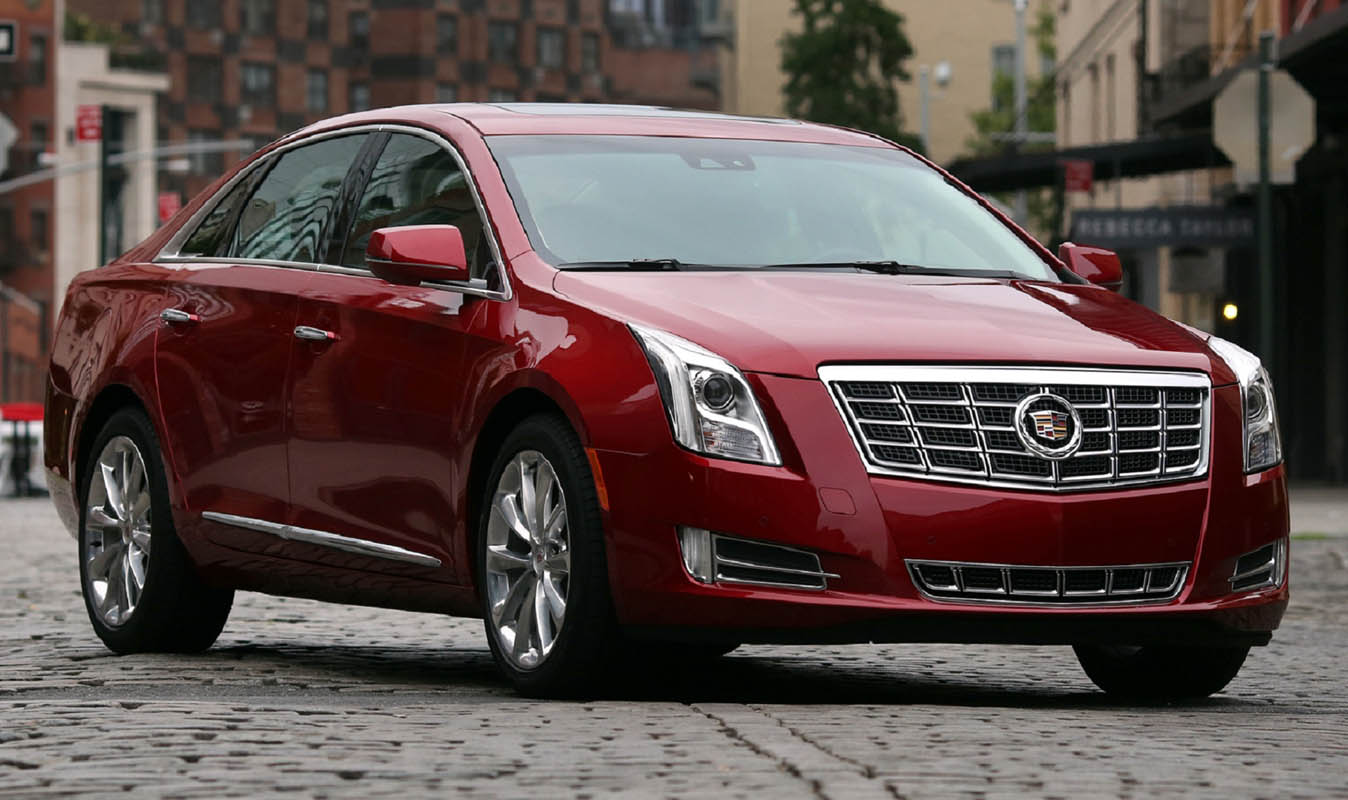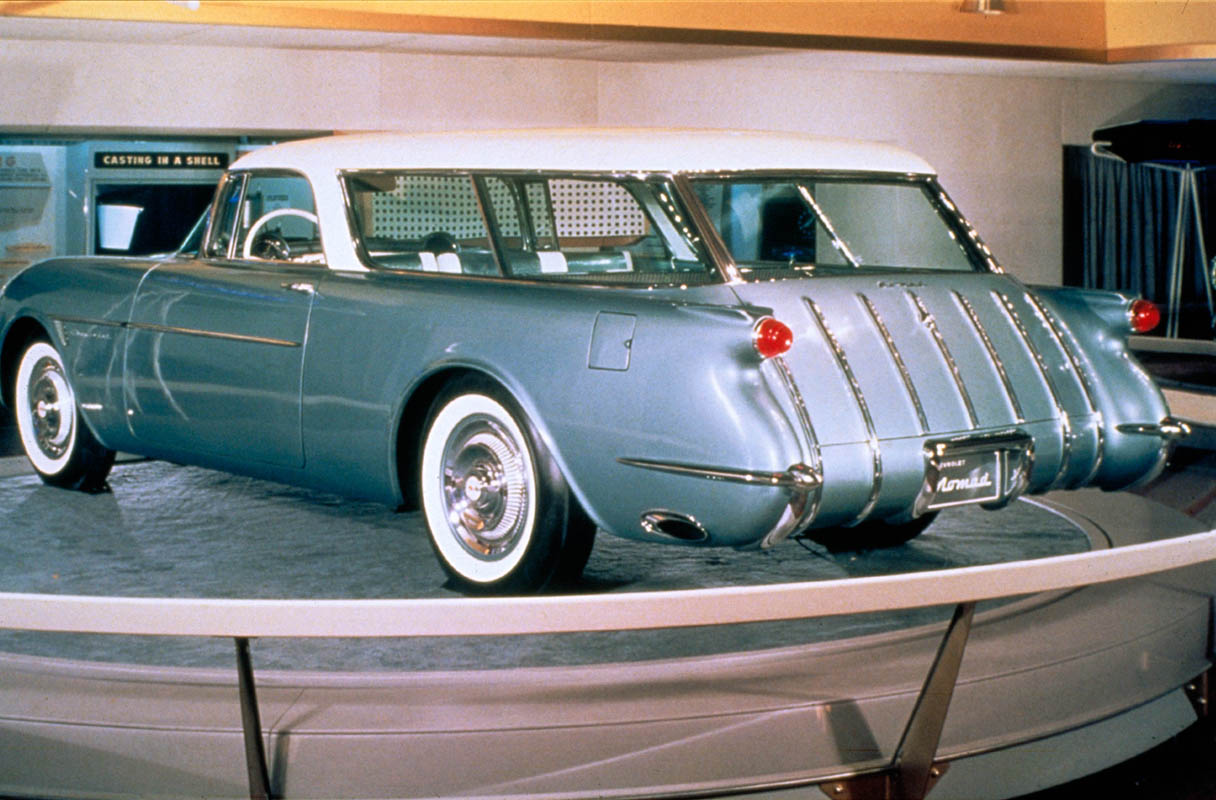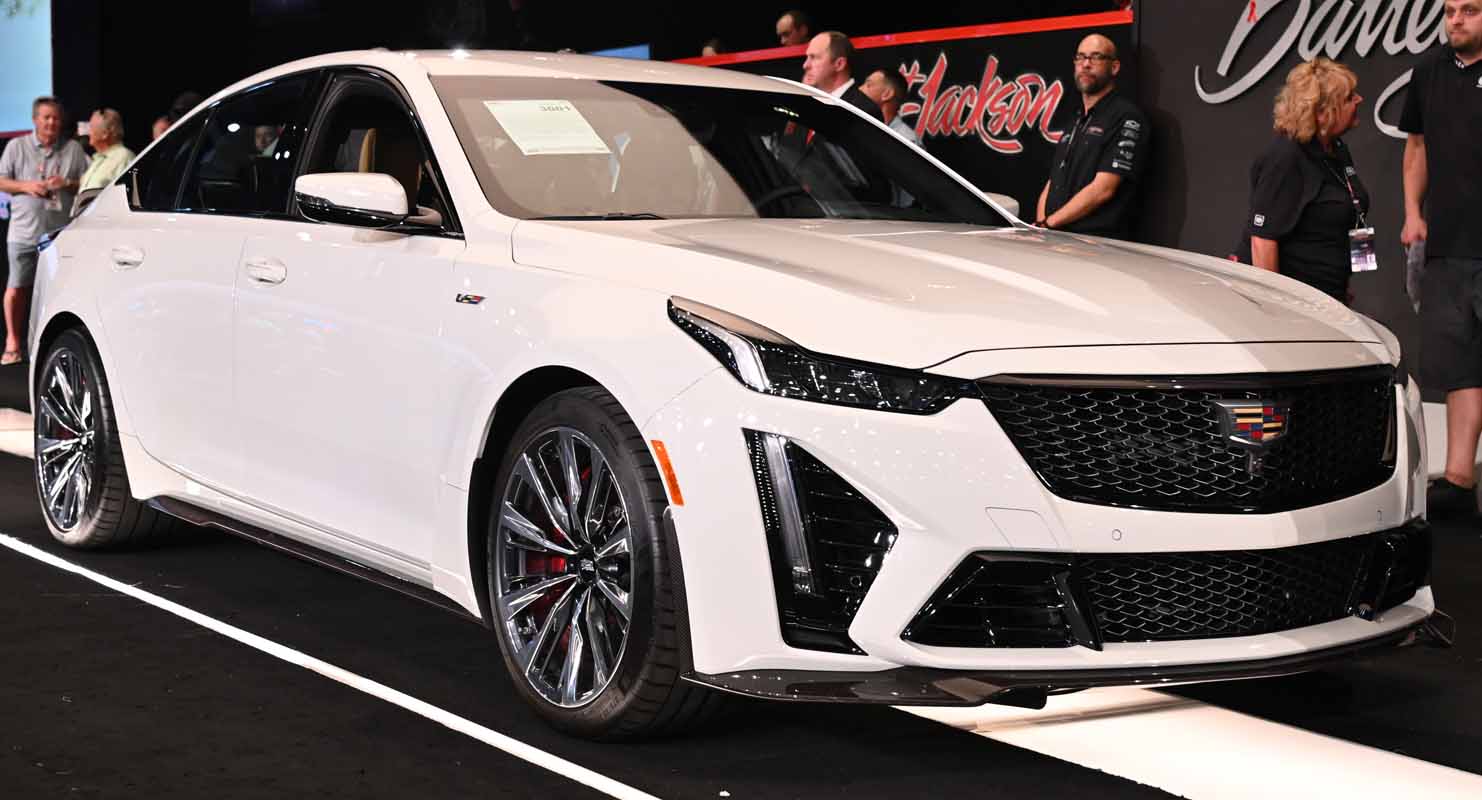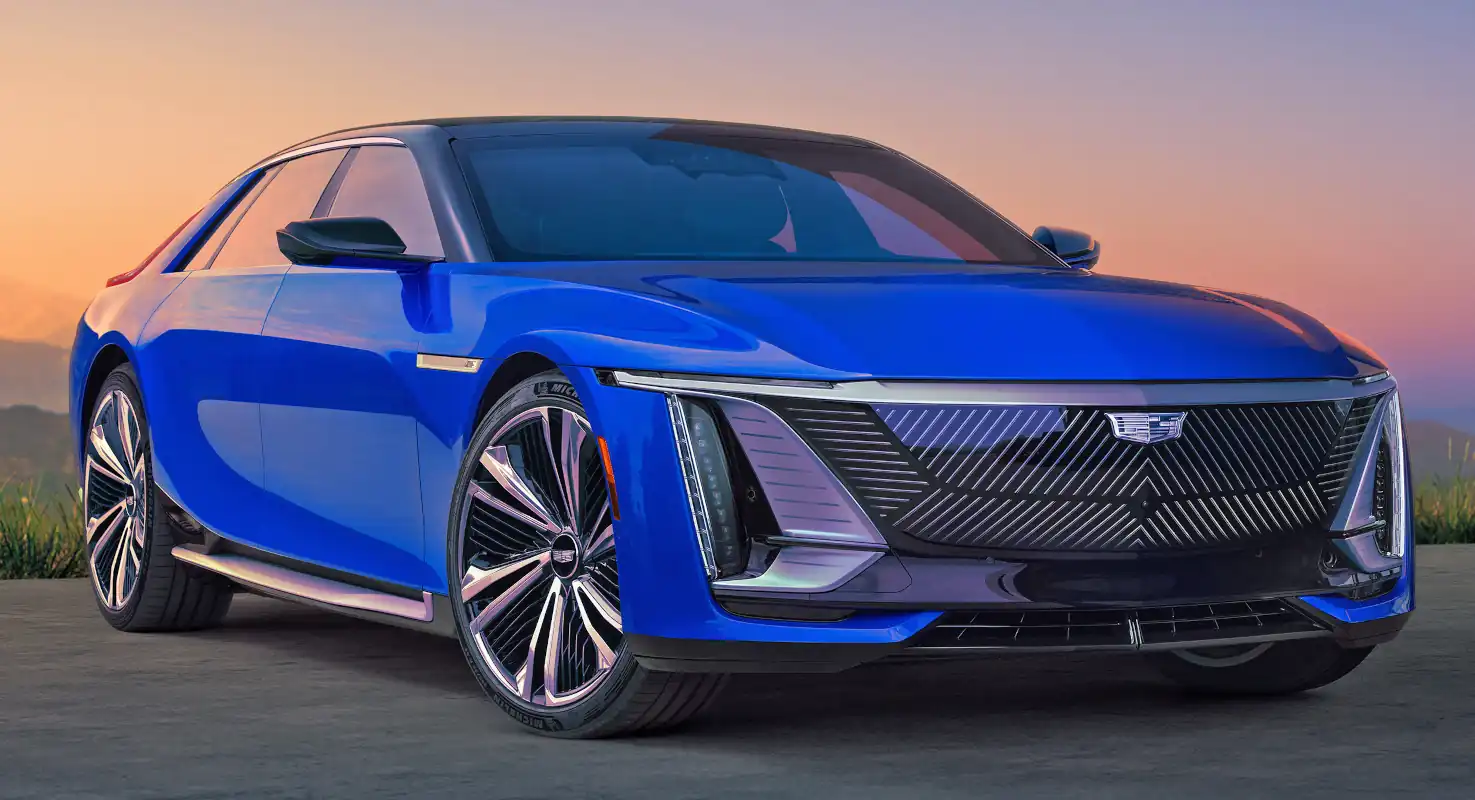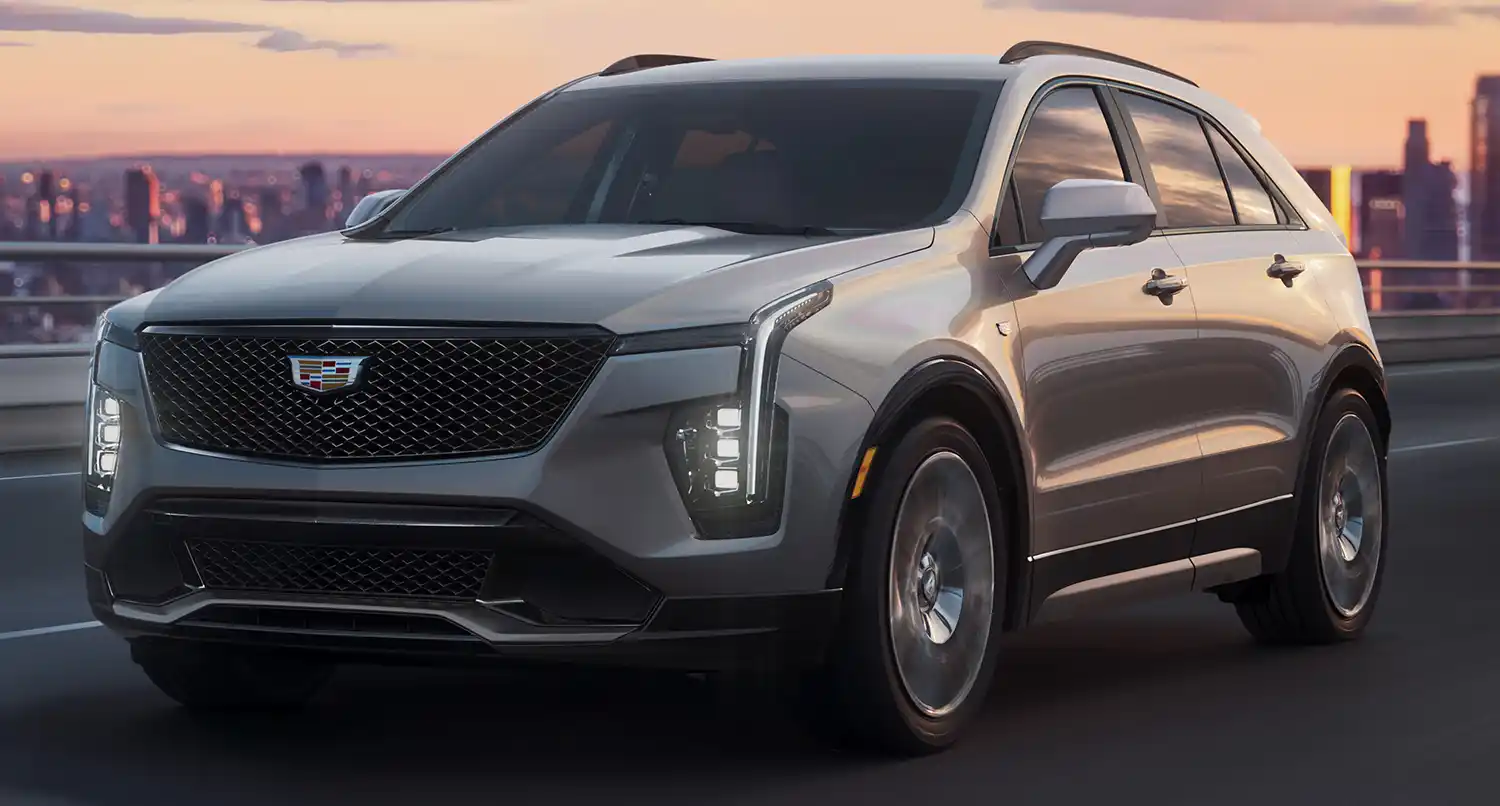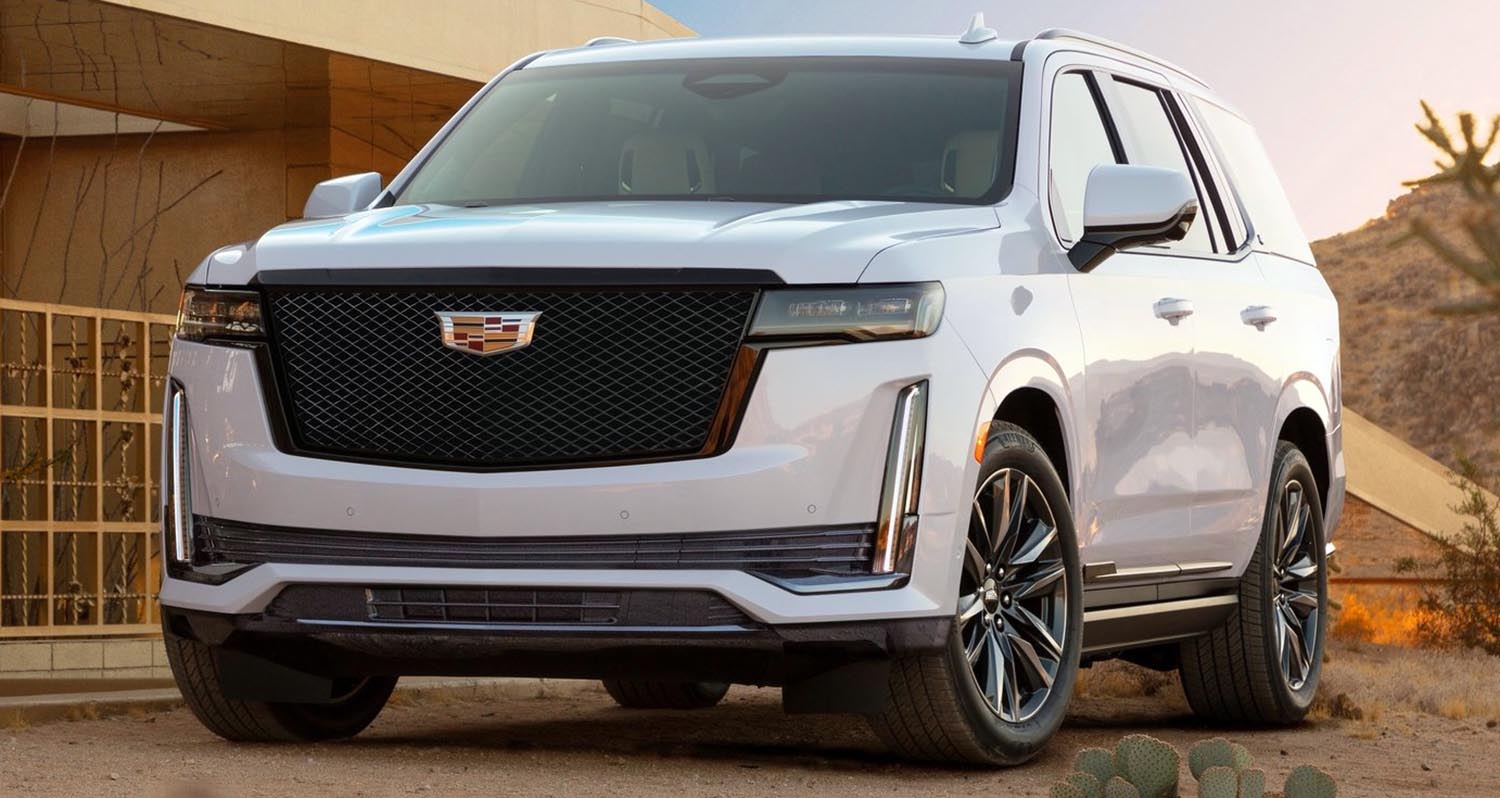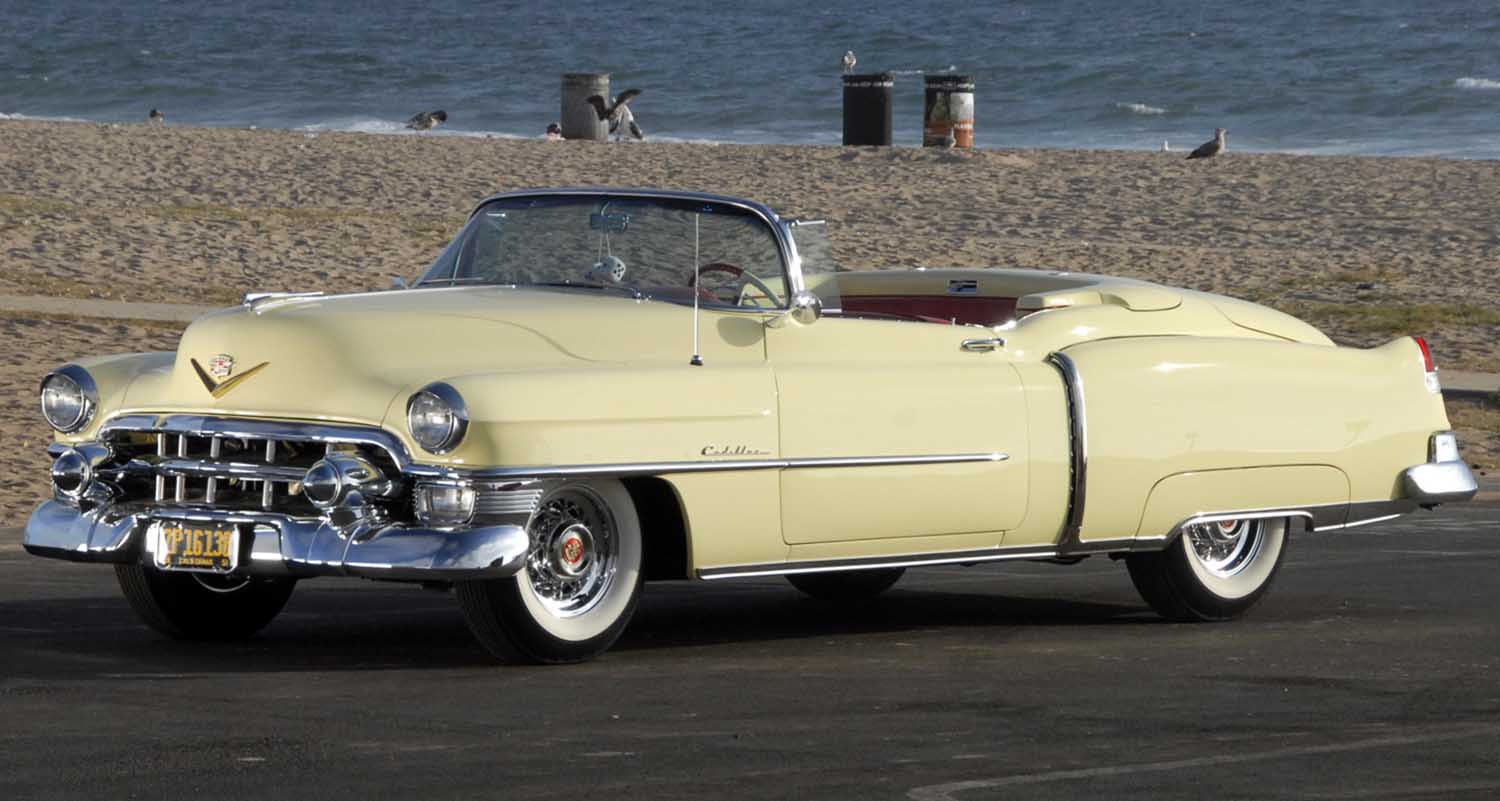
This month, Cadillac celebrates its 120th anniversary – 12 decades of industry leadership in engineering, design and innovation that have set the standard for luxury motoring since 1902 and turned the brand name into a shorthand for excellence.
A History Filled with Milestones
Cadillac’s history of innovations and achievements since its founding by Henry M. Leland in 1902 is well-documented, and a number of highlights have been collected in the accompanying timeline document. Many of the technologies and features drivers now take for granted had their inception at Cadillac. This dates to the brand’s earliest days, when its pioneering use of standardized, interchangeable component parts earned its first Dewar Trophy and gave rise to the timeless “Standard of the World” moniker.
Ever since, Cadillac’s steady stream of innovations has continued unabated. From the first mass-produced V-8 engine, to the first V-16-powered production passenger car; from the first electric self-starter to the HydraMatic fully automatic transmission; from features such as Night Vision to Super Cruise driver assistance technology, Cadillac has always been at the forefront of introducing groundbreaking technologies to deliver a comprehensive and advanced driving experience in every era.
This tradition continues today with the introduction of Cadillac’s first-ever all-electric vehicle, LYRIQ1, which ushers in a new era of progressive advanced technology powered by the Ultium Platform while remaining true to the brand standards established over a century ago.
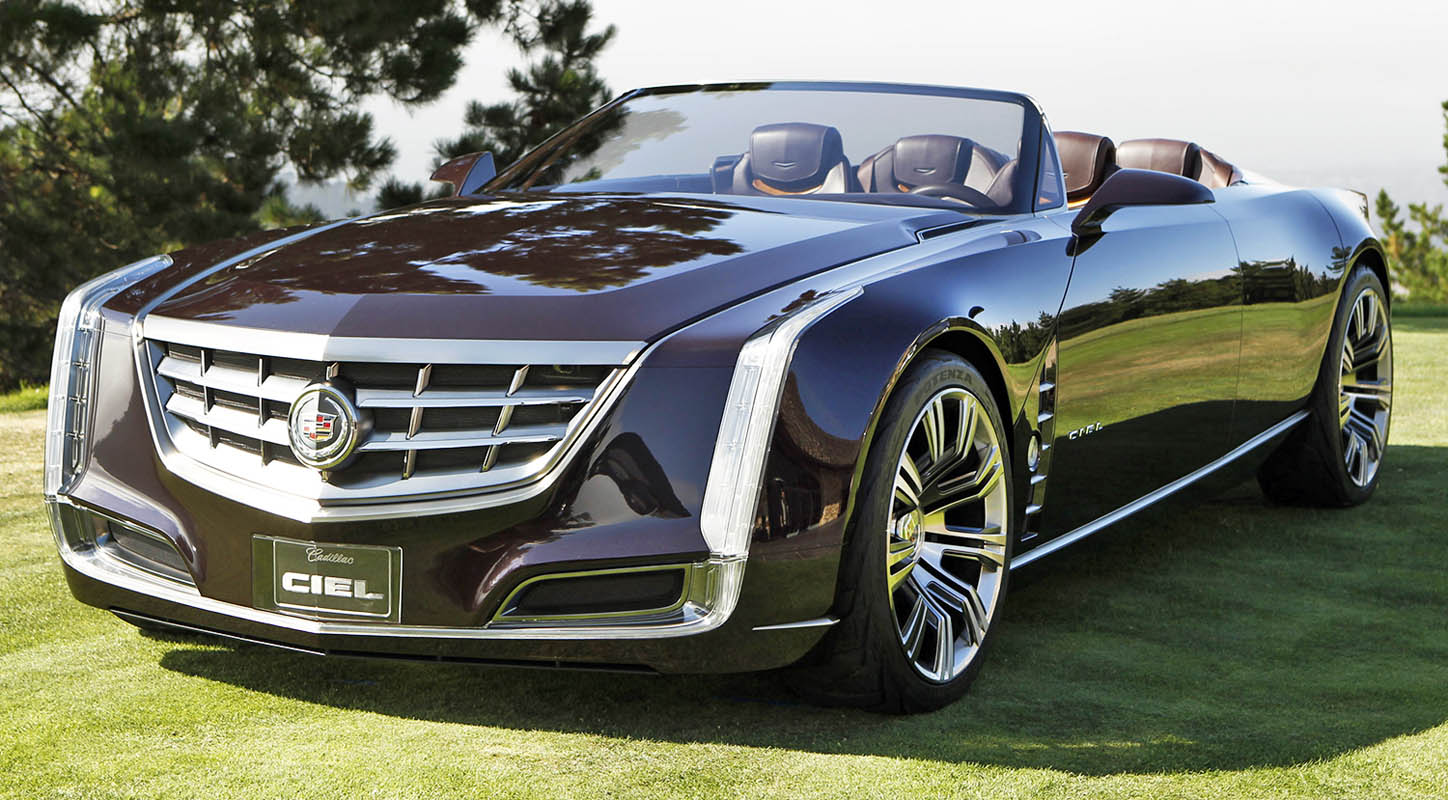
“It’s an absolute privilege to guide this iconic brand through this period of exciting transition after 120 years,” said Global Vice President of Cadillac Rory Harvey. “Cadillac’s journey into the new, electrified era of driving allows us to push the boundaries of technology, engineering and design in an unprecedented manner.”
Style Icons, For Icons
Design is as definitive to Cadillac’s history as the technological innovations living beneath the cars’ lovingly sculpted sheet metal. On the occasion of Cadillac’s 120th anniversary, Michael Simcoe, vice president of GM Global Design, and Bryan Nesbitt, executive director of Global Cadillac Design, helped select 12 Cadillacs representing the depth and breadth of styles and design talent at the brand throughout its history.
“Picking a dozen important Cadillacs is a nearly impossible task when you look at the body of work across 120 years of Cadillac designs,” said Nesbitt. “From the breathtaking V-16 Aerodynamic Coupe of the 1930s to the CELESTIQ show car that it helped inspire, every era of Cadillac has an unmistakable visual language that is fearlessly forward-looking.”
The case can be made that modern car design began at Cadillac when it introduced the 1927 LaSalle, the first car designed by a stylist – the legendary Harley Earl. Since then, beloved and memorable designs, from the era-defining 1959 Eldorado to contemporary classics like the CTS-V Coupe and Wagon, have captured drivers’ imaginations for decades. That tradition continues with the CELESTIQ show car,2 which represents the future of Cadillac design and innovation and celebrates the brand’s storied past.
The exacting standard of excellence brought to life in every facet of its automobiles has made Cadillac an indelible part of American culture for its 120-year history. Its most exciting chapters lie ahead, waiting to be written.
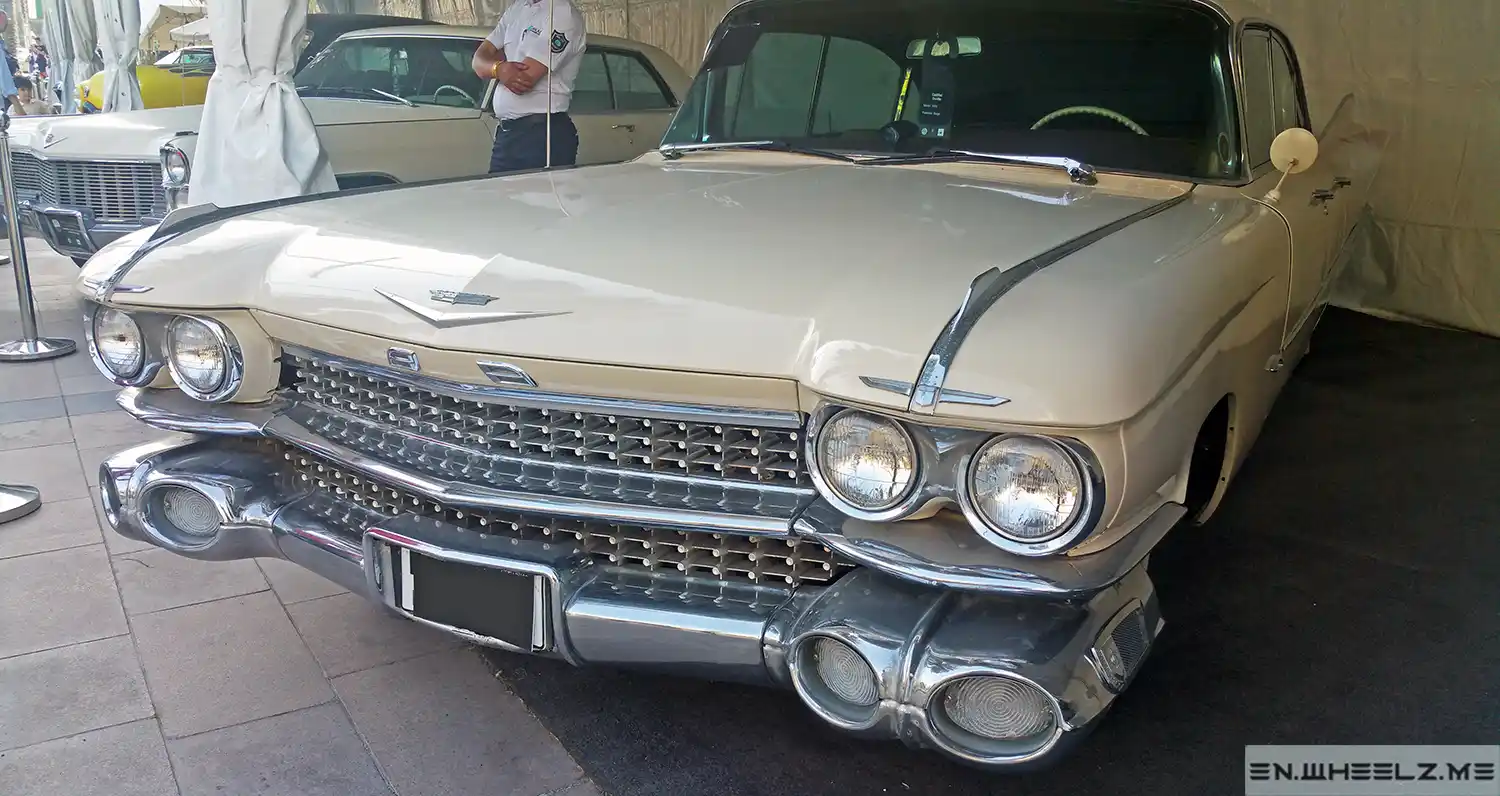
History – First hundred years of Cadillac
| 1903 | On October 17 the first production Cadillac emerges from the plant in Detroit. A year beforehand, company head Henry Martin Leland had presented his first prototype. |
| 1908 | Cadillac becomes the first carmaker to start production of standardized, replaceable parts and creates the preconditions for economical production. Cadillac is subsequently awarded the British “Dewar Trophy” – the Nobel Prize of the automotive industry – in recognition of extraordinary technical achievements. |
| 1909 | Cadillac becomes part of General Motors. |
| 1910 | First employment of a breaker-point ignition system by Cadillac, which makes a major improvement in ignition reliability. |
| 1912 | Cadillac is the first carmaker in the world to fit an electrical self-starter and electrical lighting in a vehicle – the Model 30. This earns the company the “Dewar Trophy” for the second time. |
| 1915 | Cadillac builds the first production car with a V8 engine. The 5.1-liter capacity creates 70 hp and enables a top speed of around 100 km/h. |
| 1929 | Cadillac introduces first synchro-mesh transmission. |
| 1930 | Cadillac builds the first production car with a V16 engine. The 7.4-liter unit creates 160 hp. |
| 1941 | One year after Oldsmobile, Cadillac introduces its first fully automatic transmission with a hydraulic clutch and a four-speed planetary gear set. |
| 1948 | Cadillac’s Sixty Special model marks the first use of the tail fin in automotive design. |
| 1949 | Cadillac begins production of the first modern V8 engine with a 5.4-liter capacity. On November 25 the one millionth Cadillac comes off the production line in Detroit. |
| 1950 | Cadillac makes its debut at the Le Mans 24 Hours race with a Coupé de Ville prototype, reaching tenth position. A Cadillac-powered English Allard storms to third place in the overall classification. |
| 1953 | Cadillac offers air conditioning for the first time. By 1962, 59 percent of all vehicles produced feature air-con. |
| 1954 | Cadillac is the first carmaker in the world to standard-fit all models with power steering. |
| 1957 | The prestigious Eldorado Brougham model stands out with features such as a power driver’s seat with memory, air suspension, aluminum wheels and separate heating for the front and rear seats. |
| 1959 | The Cadillac Eldorado (6.4-liter capacity, 345 hp) marks the high point of the tail fin era. |
| 1964 | Cadillac is the first carmaker to introduce thermostatically regulated heating, ventilation and air conditioning system. Another new development is a sensor that automatically switches the headlamps on and off according to light conditions. |
| 1965 | Cadillac introduces the tilt and telescoping steering wheel. |
| 1966 | Speed-sensitive power steering, the stereo radio and seat warmers are all premiered by Cadillac. |
| 1967 | The Fleetwood Eldorado (7.0-liter capacity, 340 hp) is the first Cadillac with front-wheel drive. |
| 1970 | Cadillac’s new Eldorado boasts the largest-capacity mass-produced engine in automotive history. The 8.2-liter unit creates 400 hp and powers the 2.2-tonner to 200 km/h. |
| 1971 | Cadillac offers an electronically controlled precursor of antilock brakes for the rear wheels as optional equipment. |
| 1972 | All new models are standard-fitted with safety belts. |
| 1974 | Cadillac introduces the precursor of the airbags – the so-called “Air Cushion Restraint System.” |
| 1975 | Cadillac is the first American manufacturer to employ electronic fuel injection. |
| 1978 | Cadillac programs a first trip computer for the Seville. |
| 1985 | Cadillac is the first manufacturer to fit a car with a transverse V8 engine and front-wheel drive – the De Ville. |
| 1989 | The luxury Allante convertible is the first Cadillac model to feature speed-sensitive damping. |
| 1990 | The Allante becomes the first front-wheel drive vehicle with electronic traction control. |
| 1991 | A new generation of the Cadillac Seville with a larger and more elegant body is introduced as a 1992 model. The Northstar engine with four-valve technology and 300 hp from a 4.6-liter capacity is available for all Cadillacs. |
| 1993 | The Road Sensing Suspension (RSS) with shock absorbers that adjust to the road surface and speed-sensitive power steering appear in the Allante as part of the Northstar system. |
| 1995 | The Northstar system is expanded. A new addition is the Integrated Chassis Control System (ICSS). It measures the steering angle and degrees of acceleration and braking and processes information from the antilock braking system, the Road Sensing Suspension and traction control, engaging the brakes when the vehicle threatens to become unstable – on curves taken too quickly, for example. |
| 1997 | The new fifth-generation Cadillac Seville models celebrate their world premiere at the International Motor Show (IAA) in Frankfurt. Cadillac fits the Seville STS with “StabiliTrak”, the successor to ICSS. The chassis control system guarantees secure handling during precarious situations. All models now feature CVRSS (Continuously Variable Road Sensing Suspension), an electronically controlled shock absorber system that immediately responds to road surface conditions. |
| 1998 | Cadillac brings its “Art and Science” brand philosophy into life. |
| 1998 | The Cadillac Seville becomes the first vehicle in the world to feature adaptive seating. |
| 1999 | The “Night Vision” fitted in the DeVille makes Cadillac the first automotive manufacturer to employ infrared technology. |
| 1999 | The Evoq roadster study is the star of the Detroit Motor Show. The equipment package of the two-seater concept car includes the PAS (Performance Algorithm Shifting) adaptive transmission technology, Night Vision infrared technology and the “Communiport” multimedia information system. The vehicle is fitted with a supercharged 410 hp next-generation Northstar engine. |
| 2000 | Cadillac’s Imaj study for a luxurious sedan of the future debuts at the Geneva Motor Show. Its supercharged Northstar engine creates 425 hp. Other highlights include four-wheel drive, aluminum space frame chassis, “e-lock” security with fingertip recognition, e-mail, DVD-compatible LCD screens, navigation and entertainment electronics, distance-sensing radars, Bulgari interior, electrochromatic louvered glass roof and MagneRide suspension, which enables variable, real-time damping. |
| 2001 | Cadillac presents the Vizón study. A new SUV type vehicle, featuring the new Cadillac design line. The Cadillac CTS has its world premiere at the Frankfurt motor show. The stylish and sporty sedan is the first production model with the bold Cadillac styling. |
| 2002 | Cadillac reveals two new products to hit international markets. The luxury roadster Cadillac XLR and the SUV Cadillac SRX. Both vehicles follow the design of their previous concepts (XLR – EVOQ and SRX – Vizón). |
